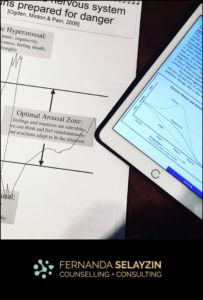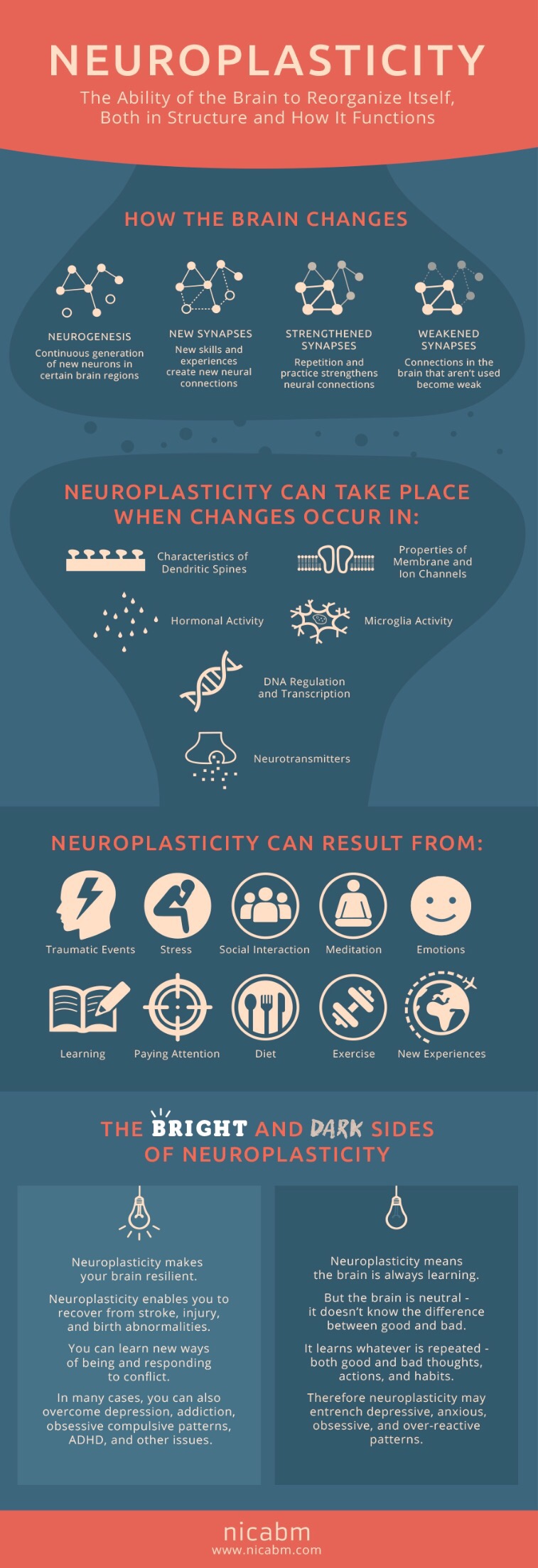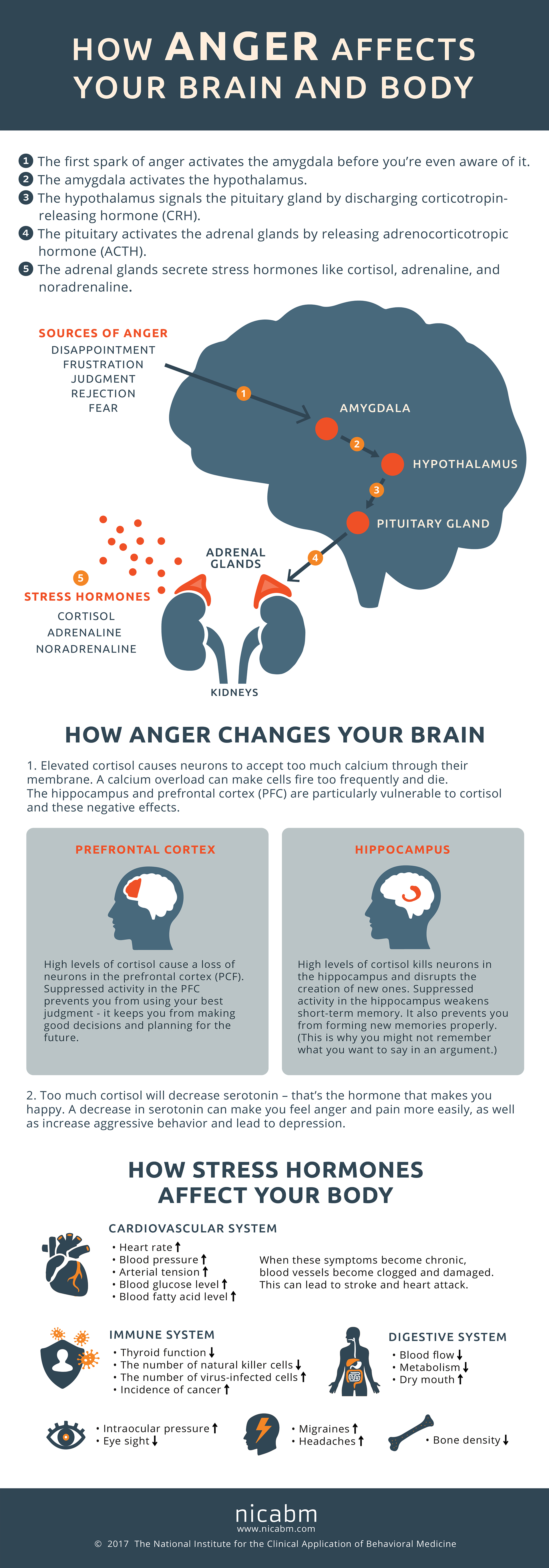 In this page you will find some of the psychoeducational resources I have been sharing with clients and which may be useful to you as well. Kindly scroll down to see whether any of the themes currently explored respond to your interests or curiosity.
In this page you will find some of the psychoeducational resources I have been sharing with clients and which may be useful to you as well. Kindly scroll down to see whether any of the themes currently explored respond to your interests or curiosity.
This is a page I am gradually building whenever I have some time outside of the office or the classroom and so maybe check it from time to time if you so feel inclined to see what else has been added.
ATTENTION: In case you are searching for information regarding CRISIS INTERVENTION or SUICIDE PREVENTION SERVICES, please click here for references to support. If you believe you need immediate emergency care please go to your nearest emergency room.
OVERWHELMED? STRESSED OUT? BURNED OUT?……
Here are some resources to help you understand what’s happening to you when you are experiencing ANXIETY, STRESS, and on how to recognize the physiological responses of stress on the body.
More specifically on the FIGHT, FLIGHT, FREEZE, or even FAINT response and their terribly uncomfortable (disturbing?) manifestations on the body and how to help yourself identify what’s happening to avoid panicking.
Now one of my favourite authors and clinicians (Dr. Kelly McGonigal, health Psychologist and lecturer at Stanford University) on how to think about stress differently…. here!
HOW DOES CHANGE HAPPEN IN THE BRAIN?
This illustration of what has been termed “neuroplasticity” may be useful to some for making sense of what may be happening for them, say, after a traumatic experience, or while engaging in psychotherapy work.
I often use this and other pieces to help my clients learn a bit about how current developments in neuroscience are supporting our understanding of what happens in the brain.
Neuroplasticity studies and other current findings are informing the clinical practice of psychotherapists like me, who are committed to keeping up-to-date with new scientific research and evidence-based approaches to treatment.
Here, on NEUROPLASTICITY

More on “how neurons talk to each other:”
http://neurosciencenews.com/neurons-synapses-neuroscience-5119/
Here! A short video on diaphragmatic breathing (or what some of my clients have heard me refer to as “Buddha belly breathing”):
simple breathing exercises to help manage ANXIETY and PANIC ATTACKS
More on breathing exercises to help with anxiety and stress here:
Progressive muscle relaxation
Relaxed breathing
Body scan (3-minute version) (long version)
More on BREATHING and how it may affect FEELINGS here…
mastering ANXIETY and optimum EMOTIONAL REGULATION
DBT-informed strategies for interpersonal effectiveness – EMOTIONAL REGULATION
managing ANGER
Anger often serves as information – such as to announce that our boundaries may have been crossed – and as such anger is incredibly important to keep us safe. However, depending on how it is activated and expressed it may also serve to destroy and devastate and not only important relationships but even our metabolic health. While in therapy we may engage in a number of effective practices to manage anger, the infographic below will serve to illustrate how it operates in the brain and body.

GEN Xer / MILLENNIAL seeking therapy?
I have been told I work as well with millennials as I do with gen X clients. But what could be some uniquely “generational” mental health needs? For a bird’s eye view on the topic here is a short popular media article focusing on Millennials’ unique mental health needs & psychotherapy.

